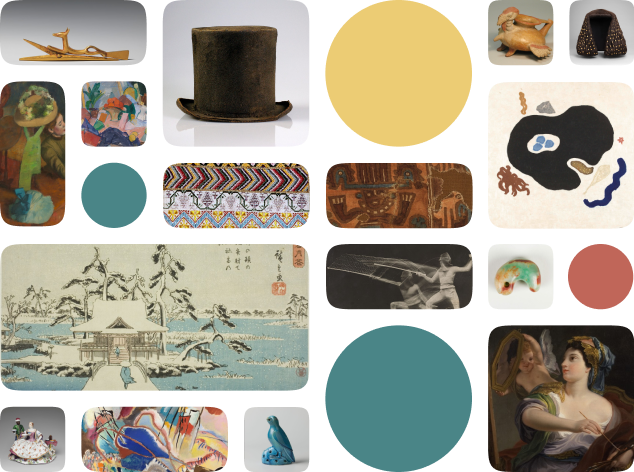Earflare Set
Creator Name
Cultural Context
Date
Source
About the work
In Maya cosmology, the Ceiba tree is the tree of life, connecting the earthly plane to the heavens and the underworld. The Ceiba is the axis from which the four cardinal directions radiate. Mayans represented this cosmic vision in their art and ornamentation. These ear flares, or "nacochtlis," are impressed with a cruciform pattern. The holes in the centers would have been filled with sticks or beads to hold them in place.
Ancient Maya people believed bodily orifices were portals to the spiritual realms. Their glyph for death depicts a snake passing through an ear flare. Therefore, decorating these areas with sacred materials like jade facilitated their connection with the spiritual world.
Ancient Maya people believed bodily orifices were portals to the spiritual realms. Their glyph for death depicts a snake passing through an ear flare. Therefore, decorating these areas with sacred materials like jade facilitated their connection with the spiritual world.
Metropolitan Museum of Art Object Description
Earflare set
Work details
"--" = no data available
Title
Creator
Worktype
Cultural Context
Material
Dimensions
Technique
--
Language
--
Date
Provenance
Style Period
--
Rights
Inscription
--
Location
Source
Subjects
Topic
Curationist Metadata Contributors
All Works in Curationist’s archives can be reproduced and used freely. How to attribute this Work:
Unknown, Earflare Set, 3rd–9th century. Metropolitan Museum of Art. Jade ear spools were used to decorate portals to spiritual realms. Public Domain.
Help us improve this content!
Let our archivists know if you have something to add.
Save this work.
Start an account to add this work to your personal curated collection.
